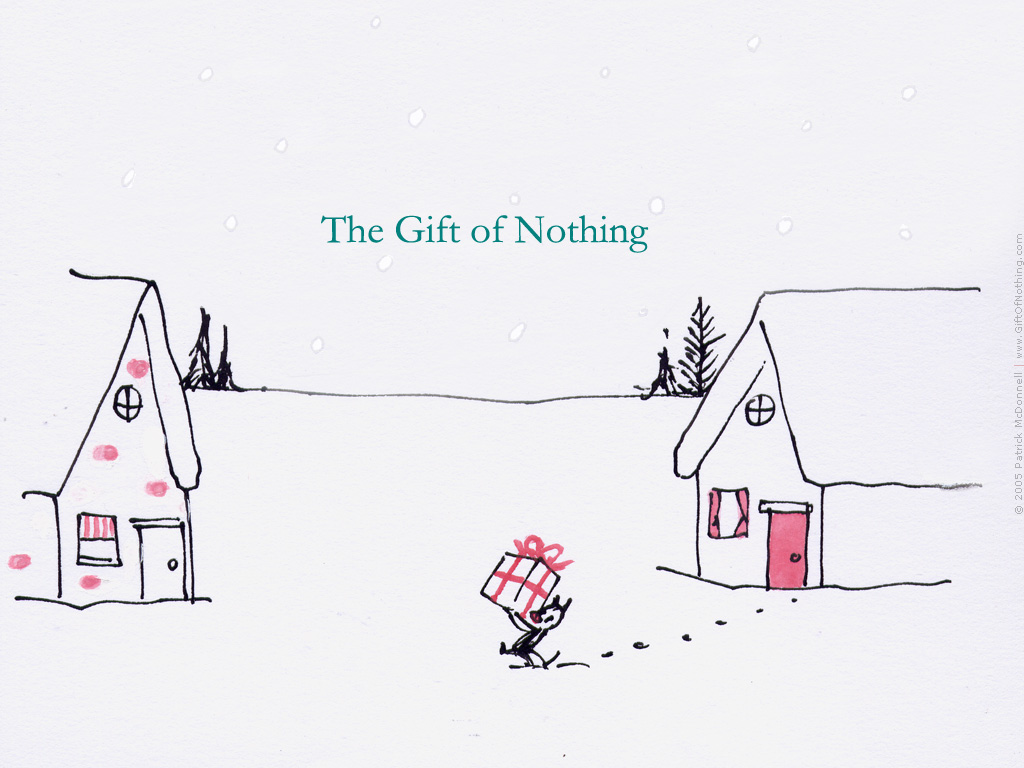*This article was contributed by Courtney Hartnett*
Creativity guru Sir Ken Robinson is deeply concerned about our schools. He believes that the industrialized model of education is squandering the creativity and potential out of a large segment of our students, with devastating effects. An educational system that runs on standardization and conformity functions at the expense of individuality, imagination, and creativity.
If this sounds familiar, it should. In case you’ve been living in a bubble for the past 11 years, Robinson introduced roadblocks to creativity and human potential in his TED Talk, Do Schools Kill Creativity?, the most widely viewed TED Talk in history . In his talk, Robinson makes a convincing case that we are “educating people out of their creativity.”
So what do we do about it? His newest book, Creative Schools: The Grassroots Revolution That’s Transforming Education, is Robinson’s empowering response. Robinson illustrates how a number of schools and even entire districts are rethinking education. Change is happening, and it is possible for all of us to get involved.
Robinson confronts the standardized, one-size-fits-all model of education with actionable steps, research, and vignettes from a number of stakeholders that are creating educational change in their communities. This book is witty and entertaining, but most importantly, timely with inspiring ways to take part in this educational revolution!
If you’re playing catch-up, check out Ken Robinson’s TED Talk:










